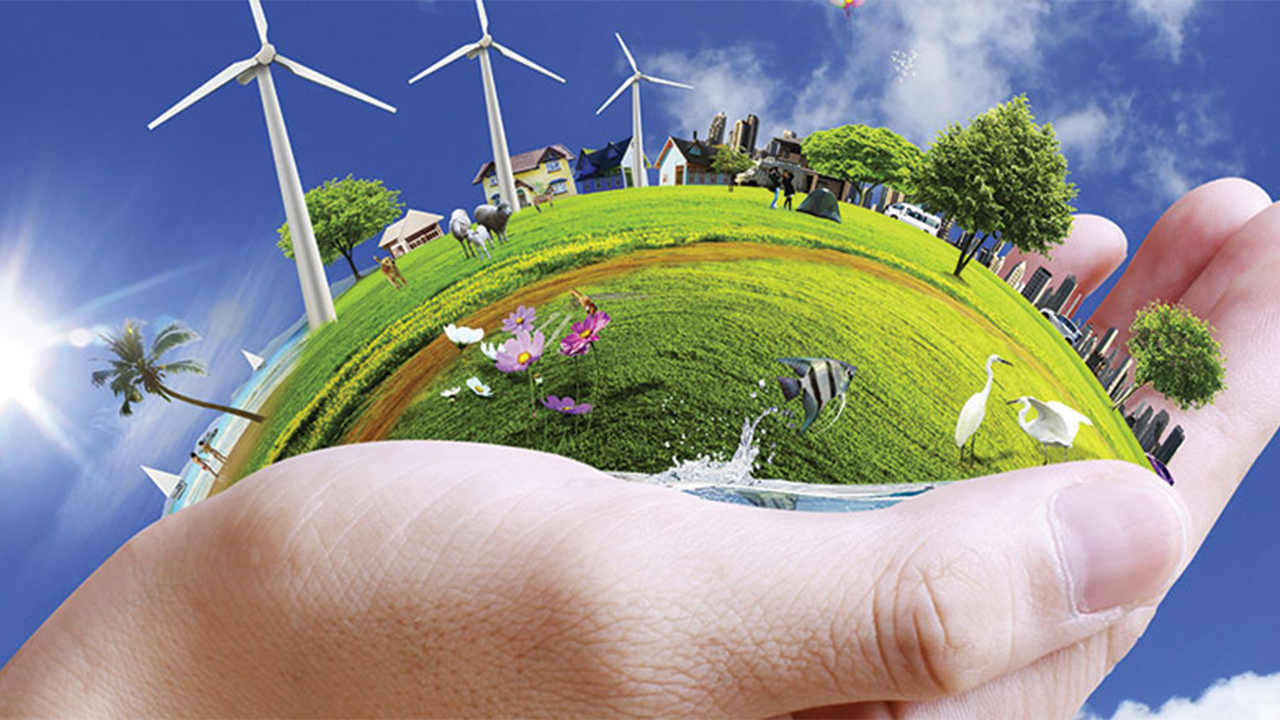The world is facing a climate crisis, and renewable energy is one of the most important solutions. Renewable energy sources, such as solar and wind power, do not produce greenhouse gases, which contribute to climate change. They are also abundant and sustainable, meaning that they will never run out.
There are many opportunities to shift to renewable energy. The cost of renewable energy technologies has been declining in recent years, making them more affordable. There is also growing public support for renewable energy, as people become more aware of the need to address climate change.
However, there are also some challenges to shifting to renewable energy. One challenge is the intermittency of some renewable energy sources, such as solar and wind power. These sources do not produce energy all the time, which can make it difficult to balance supply and demand. Another challenge is the need for large upfront investments in renewable energy infrastructure.
Despite these challenges, the opportunities for renewable energy are vast. By shifting to renewable energy, we can create a cleaner, healthier, and more sustainable future.
Here are some specific opportunities and challenges in shifting to renewable energy:
Opportunities
- Declining costs: The cost of renewable energy technologies has been declining in recent years, making them more affordable than ever before. For example, the cost of solar photovoltaic (PV) panels has fallen by more than 80% in the past decade.
- Growing public support: There is growing public support for renewable energy, as people become more aware of the need to address climate change. A recent poll found that 73% of Americans support increasing the use of renewable energy.
- Technological innovation: There is a lot of innovation happening in the renewable energy sector. New technologies are being developed that can make renewable energy more efficient and affordable. For example, new battery technologies are being developed that can store renewable energy for later use.
- Job creation: The renewable energy sector is a major job creator. The International Renewable Energy Agency estimates that the sector could create 28 million new jobs by 2050.
Challenges
- Intermittency: Some renewable energy sources, such as solar and wind power, are intermittent, meaning that they do not produce energy all the time. This can make it difficult to balance supply and demand, especially in areas with high levels of renewable energy penetration.
- Upfront costs: Renewable energy projects often require large upfront investments. This can be a barrier to adoption, especially in developing countries.
- Infrastructure: There is a need for new infrastructure to support the deployment of renewable energy. This includes things like transmission lines, substations, and storage facilities.
- Policy support: Government policies can play a key role in supporting the development of renewable energy. This includes things like renewable energy targets, feed-in tariffs, and tax credits.
Despite these challenges, the opportunities for renewable energy are vast. By shifting to renewable energy, we can create a cleaner, healthier, and more sustainable future.
The shift to renewable energy is a complex challenge, but it is one that we must meet if we want to address climate change. By understanding the opportunities and challenges involved, we can make the transition to a clean energy future a reality.








